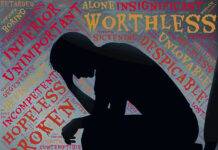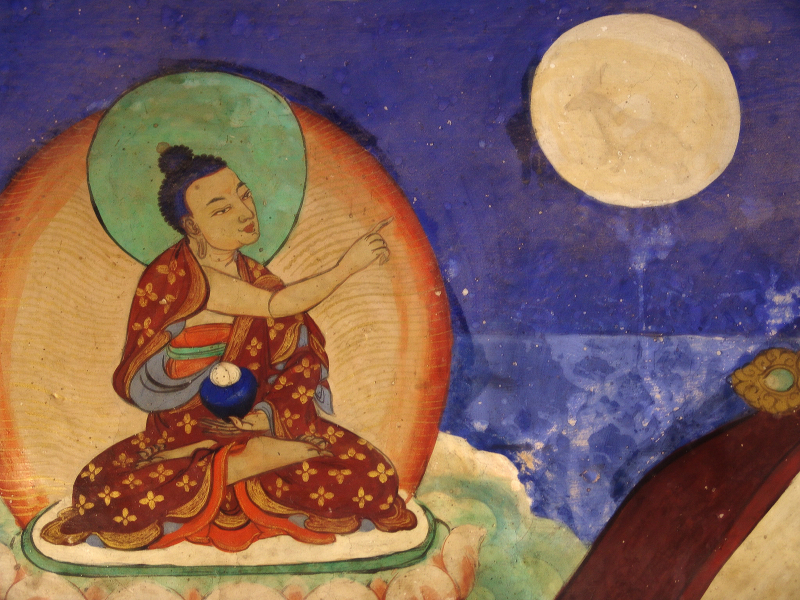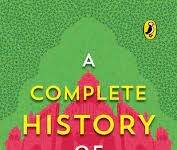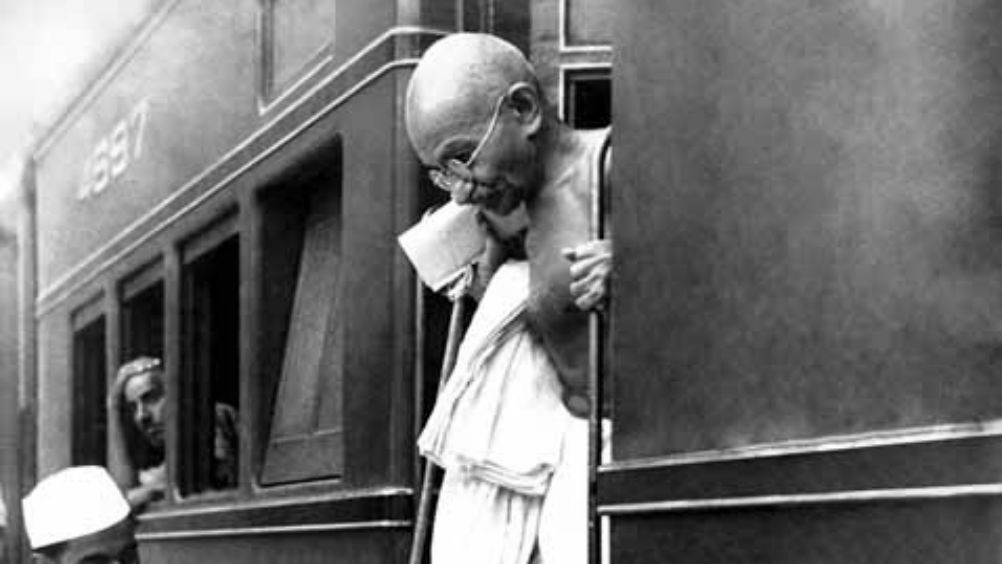The deeper I journeyed the more the sense of duality—between inside and outside, myself and others, good and bad—was softened, though not into some indistinguishable reality. Rather, I was urged to look within even as I appeared to look without, to ensure that to which I pointed in others was not also present in me. The process made me far more humble than I had previously imagined myself to be.
-Lata Mani
I happened to find Lata Mani’s amazing book Sacred Secular: Contemplative Cultural Critique in a small bookshop in New Delhi. Well, I was aware of her feminist scholarship—say, her path- breaking essay: Contentious Traditions: The Debate on Sati in Colonial India. In fact, what social scientists regard as some sort of critical consciousness—say, a mix of critical theory, Marxism and feminism—is inseparable from her scholarship. However, an immensely sensitive person like her, I assume, reflected sharply on the curved trajectory of life with its ups and downs (at the peak of her academic career, a head injury in 1993 and associated illness and disability led her to enter a new phase of physical, intellectual and spiritual transformation), continually learned and unlearned, felt and experienced the world with wonder, and acquired the courage to see beyond fixed and reductionist ideological doctrines. No wonder, many friends from the left-centric academic fraternity used to whisper, and comment on Lata Mani’s ‘spiritual turn’.
However, I have no hesitation in saying that, for quite some time, I didn’t read her writings. But then, the other day it was an accidental discovery. I found Sacred Secular. Yes, it was published by Routledge in 2009. The very title of the book aroused my imagination. I felt the vibrations of every word Lata Mani wrote in a series of essays the book contains. Possibly, as a wanderer, I too pass through a process of intense inner churning. I too cross all sorts of boundaries. At times, my sociology becomes my poetry; my engagement with Marx and Foucault does not prevent me from conversing with Mahatma Gandhi and Thich Nhat Hanh; or, for that matter, the religiosity of love opens my eyes, and enables me to see the discontents of religious fundamentalism, militant nationalism and neoliberal assault on politics and culture. In a way, I do not agree that one’s spiritual quest and critical consciousness ought to be necessarily contradictory to each other. Instead, to quote Lata Mani, ‘the work of social transformation cannot proceed without revolutionizing the consciousness of each individual’.
Hence, I find Lata Mani’s reflections immensely meaningful. See the comfort with which she writes on ‘the web of life’ as well as ‘neoliberal fictions, neocolonial facts’, or ‘walking meditation’ and ‘body politic(s)’. She makes you ask: Is a dewdrop sacred, or is it secular? And at the same time, she makes you reflect on the changing cultural/social/economic landscape of Bangalore—the implications of the much-hyped IT industry, or the changing lifestyle, pattern of consumption and work stress among the newly emergent techno-managers.
To begin with, let me reflect on the rhythmic flow of her prose. It is poetic, yet endowed with heightened criticality. See the way Mani convinces us that the market or the gospel of neoliberalism has transformed the body into a ‘billboard’.
The human body is a key site in the battle for new markets. It is the body that is fed (fast foods, colas, chips). It is the body that is clothed (pants, shirts, jeans, sarees, footwear, haute couture). It is the body that is in need of shelter and protection (homes, home loans, security systems, and medical, life and other insurance). It is the body that is adorned (wrist watches, jewellery, spectacles). It is also the body that is enlisted into regimes of perpetual enhancement, whether through exercise (gyms, jogging, sports), specified diets (for weight loss or healthy eating), or the seemingly infinite modes of beautification and rejuvenation (cosmetics, hair care, skin care, massages, yoga, naturopathy).
In fact, what distinguishes her ‘contemplative cultural critique’ is her deep awakening—‘interdependence, humility, cooperation and the precious intimacy of the particular with the infinite.’ Feel the way she awakens us:
The conscious cooperative coexistence of nature and its infinitely wise and interdependent functioning suggest that nature lives on a basis that humans have yet to achieve. Every element has a particular and sacred place in the infinite and interlocking scheme of things. The circle of interdependence means that some plants and animals do sacrifice their lives so that others may survive. Giving and receiving are evident in equal measure. Rivers do not withhold their waters. Animals do not overeat. Plants warn each other of potential infestations. One discovers an awesome symmetry.
In a way, Mani takes us beyond scientism. Her social science is endowed with a spiritual flavor; this is about the union of the secular and the sacred, or the political and the spiritual. Even though her work is located within ‘a Hinduism deeply nourished by Buddhism’, she does not deny that organized religions with a heavy burden of ritualistic and oppressive practices often obstruct our creative possibilities, or our quest for justice. However, our spiritual quest might enchant us, and make us realize the oceanic abundance, and interconnectedness of everything. In other words, this is about love. Not solely that. Mani’s spirituality should not be confused with what these days celebrity babas and gurus sell as packages of instant enlightenment so that their clients—cricketers, film stars and corporate professionals—feel ‘relaxed’, cope with the work pressure, and adjust themselves to the emergent neoliberal market. Her religiosity is not utilitarian; nor is it about legitimizing the dominant Hindutva discourse. In fact, as Mani said it convincingly, ‘a coalition of spiritual and secular forces would necessarily have to open out the language of opposition to Hindutva’. Furthermore, as she added, ‘secularism could no longer act as the definitive sign of an anti-fascist, anti-fundamentalist commitment. Rather, peace, justice, harmony, inclusivity would be the shared platform around which such a movement could be mobilized.’
After all, it is the rigorous meditative/spiritual journey that enables us to see the seeds of greed, rage, competitiveness, narcissism and violence within us, and then undergo a process of cleansing. You and I—even if we see ourselves as liberals, leftists and Marxists—cannot change the world if our inner world is filled with aggression and violence. A struggle to alter the outer world cannot be separated from a reflexive quest for self-transformation. I think Lata Mani has raised this issue quite convincingly:
The question of violence cannot, however, be deemed as merely ‘other people’s problem’. A spiritual stance requires us to pose every question in relation to ourselves. What areas of distaste, prejudice and hate lie unexamined within our own consciousness? Are there aspects of our own selves of which we are ashamed, and toward which we are, in small and not so small ways, violent. Do we honour the issues of all that is?
Are our left-centric radicals and academic intellectuals ready to be introspective, self-reflexive and spiritually musical ?
Avijit Pathak writes extensively on culture and education














